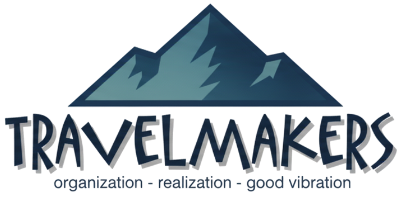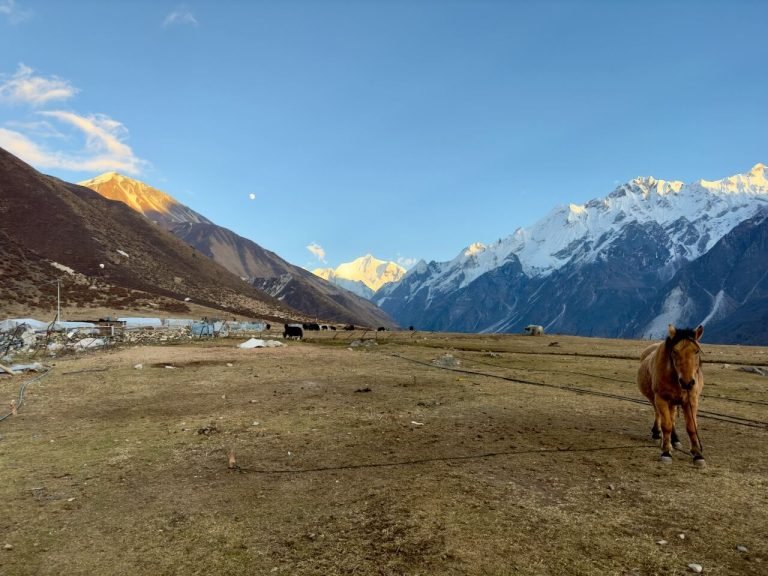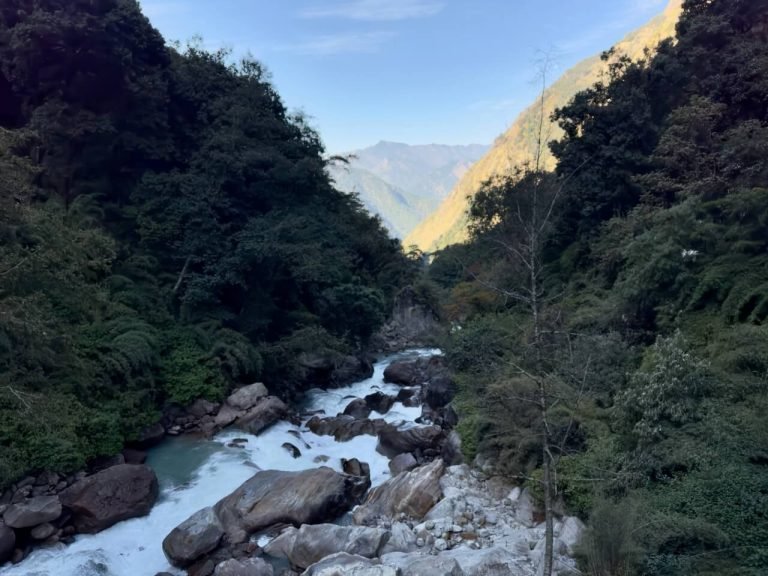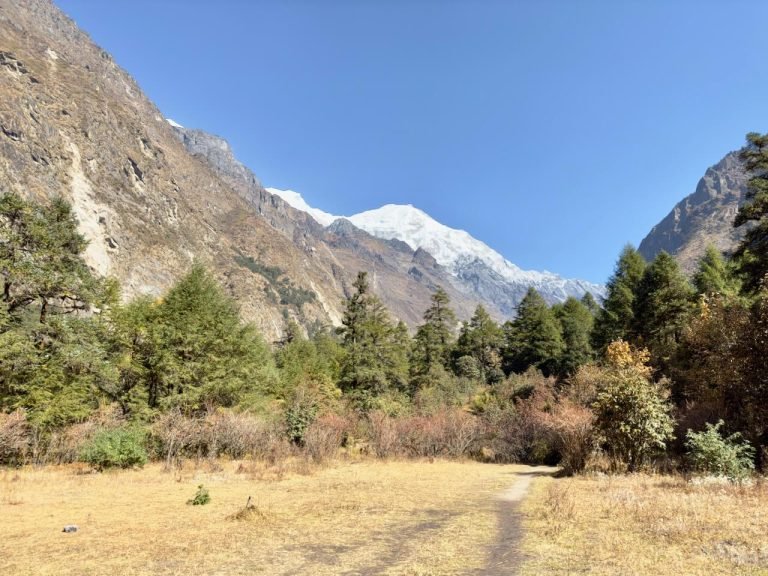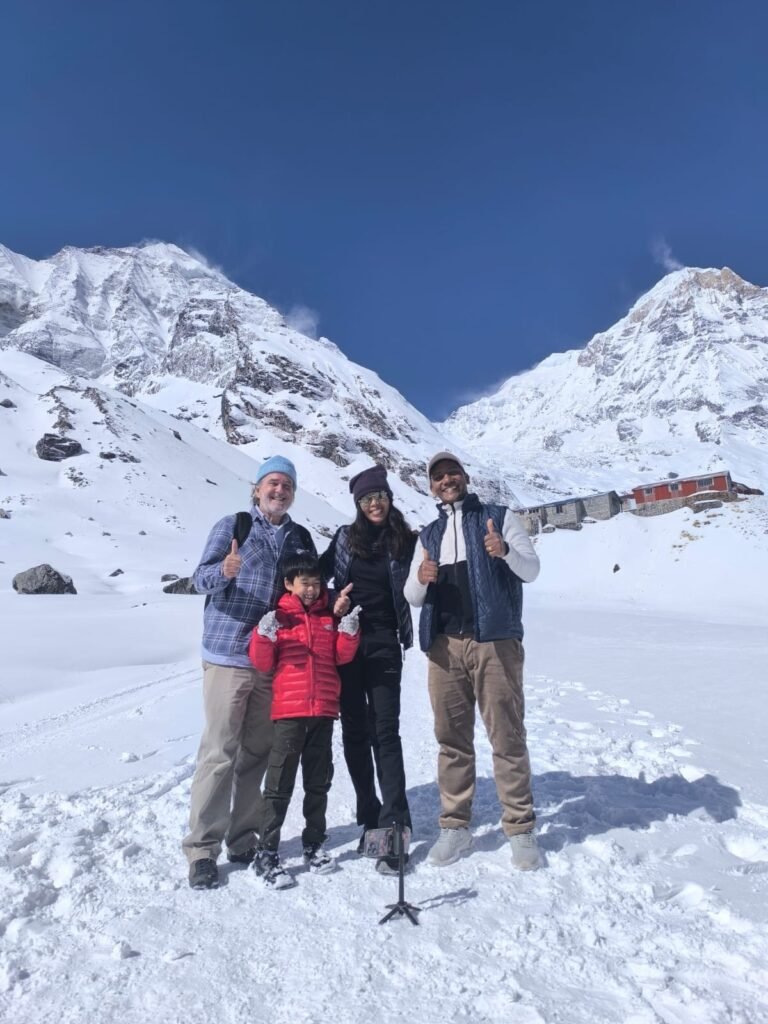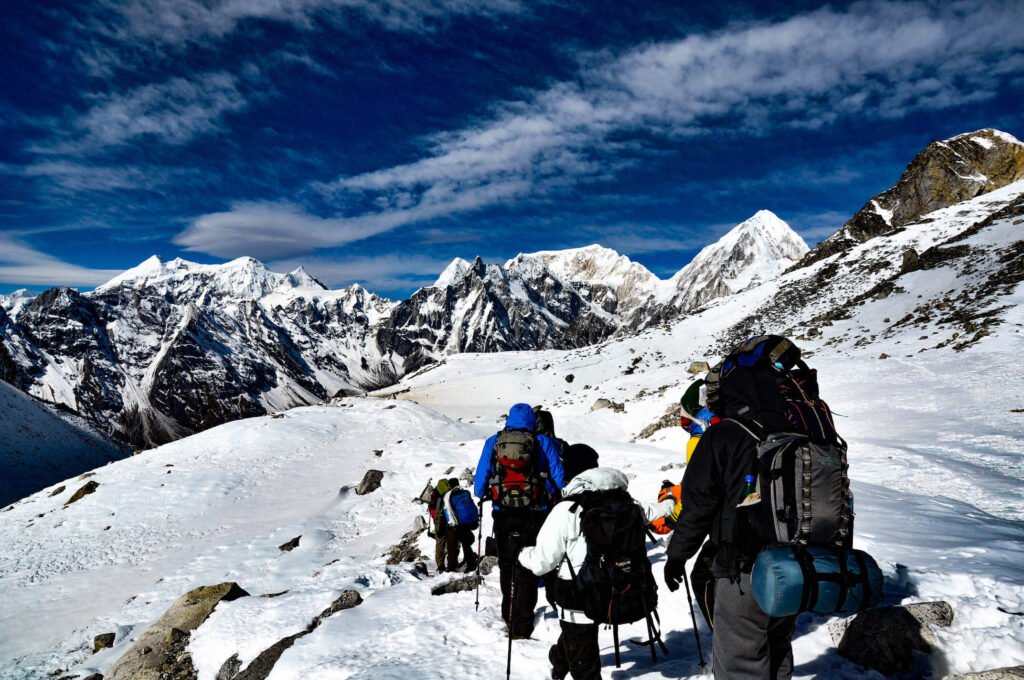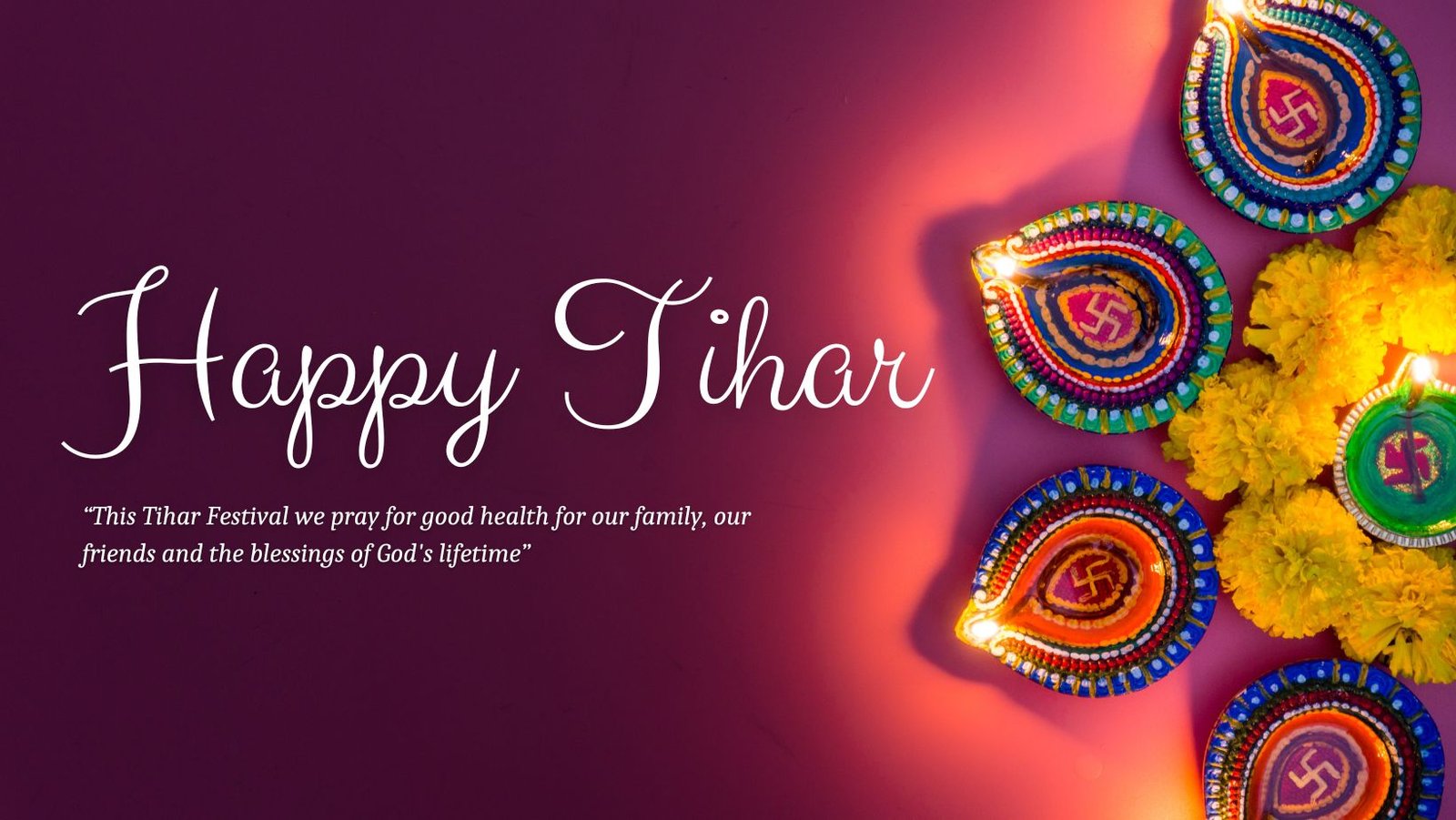- Overview
- Trip Outline
- Trip Includes
- Trip Excludes
- Gallery
- FAQ
- Guide
Embark on an unforgettable adventure through the Langtang Region, a trekking paradise in Nepal's heart. Known for its awe-inspiring landscapes, soaring peaks, and vibrant cultural heritage, the Langtang Region offers an unparalleled trekking experience.
From traversing ancient forests teeming with diverse flora and fauna to immersing yourself in the warm hospitality of local communities, this region captures the essence of Nepal's natural beauty and cultural richness.
Whether you're a seasoned trekker seeking a challenging expedition or a nature enthusiast looking to explore the pristine wilderness, the Langtang Region has something to offer everyone.
Get ready to be mesmerized by breathtaking vistas, encounter traditional mountain villages, and create lifelong memories as you embark on a journey of a lifetime through this amazing Himalayan wonderland.
Click here to learn What to Pack during this trek?
Embark on the Langtang Valley Trek, a remarkable journey through breathtaking landscapes and vibrant mountain communities.
Begin in Syabrubesi, gradually ascending through lush forests to reach Lama Hotel.
Continue to Langtang Village, where you'll immerse yourself in the local culture and witness stunning panoramic views.
Trek onwards to Kyanjin Gompa, a picturesque village nestled beneath towering peaks.
Take a day to acclimate and hike to Tserko Ri for incredible vistas. Descend back to Lama Hotel and Syabrubesi before concluding the trek.
This 9-11 day itinerary provides ample time to soak in the natural beauty, experience the warm hospitality of the locals, and create unforgettable memories in the Langtang Valley.
Itineraries
Day 1
Arrival in Kathmandu, transfer to hotel and rest to prepare for the trek.
Arrival in Kathmandu, transfer to hotel and rest to prepare for the trek.
Day 2
Drive from Kathmandu to Syabrubesi (1,550m) - 7-8 hours
Start your trekking adventure by driving through scenic landscapes, passing by rural villages, and eventually reaching Syabrubesi, the starting point of the trek.
Day 3
Trek to Lama Hotel (2,380m) - 5-6 hours
Follow the Langtang Khola river, traverse through dense forests of oak and rhododendron, and reach Lama Hotel for an overnight stay. Enjoy the mountain views along the way.
Day 4
Trek to Langtang Village (3,430m) - 5-6 hours
Continue ascending through forests, cross suspension bridges, and emerge into the stunning Langtang Valley. Explore the village and immerse yourself in the rich Tamang culture and hospitality.
Day 5
Trek to Kyanjin Gompa (3,870m) - 3-4 hours
Follow the trail, passing yak pastures and stone walls adorned with prayer flags. Arrive at Kyanjin Gompa, a picturesque village surrounded by snow-capped peaks. Visit the ancient monastery and enjoy breathtaking Himalayan panoramas.
Day 6
Acclimatization day at Kyanjin Gompa. Optional hike to Tserko Ri (4,984m)
Acclimatization day at Kyanjin Gompa. Optional hike to Tserko Ri (4,984m) for stunning panoramic views of the Langtang range. Spend the day exploring the area, interacting with locals, and soaking in the natural beauty.
Day 7
Trek back to Lama Hotel (2,380m) - 5-6 hours
Descend along the same trail, retracing your steps through Langtang Village, and reach Lama Hotel for an overnight stay.
Day 8
Trek to Syabrubesi (1,550m) - 4-5 hours
Continue descending through forests and charming villages until you reach Syabrubesi, where you started the trek. Celebrate the completion of your journey.
Day 9
Drive from Syabrubesi to Kathmandu - 7-8 hours
Bid farewell to the Langtang region as you drive back to Kathmandu, reflecting on your incredible trekking experience.
Day 10
Spare day for contingencies or exploration in Kathmandu
Utilize this day to relax, explore the cultural wonders of Kathmandu, or take an optional tour of nearby heritage sites.
Day 11
Departure from Kathmandu
Conclude the Langtang Valley Trek and depart for your onward destination, carrying unforgettable memories of the majestic Himalayas.
No details found.
No details found.
The Langtang Region is famous for its breathtaking landscapes, majestic Himalayan peaks, rich cultural heritage, and warm hospitality of the local communities.
The Langtang Valley Trek is considered to be of moderate difficulty. It involves daily trekking for several hours, with varied terrain and some steep ascents. Prior hiking experience and a reasonable level of fitness are recommended.
The highest point reached during the Langtang Valley Trek is approximately 3,870 meters at Kyanjin Gompa.
Yes, permits are required for trekking in the Langtang Region. You will need to obtain the Langtang National Park entry permit and the Trekkers' Information Management System (TIMS) card. These permits can be obtained in Kathmandu or at the park entrance in Syabrubesi.
Along the Langtang Valley Trek, you will find teahouse lodges offering basic accommodation facilities such as rooms with beds, blankets, and shared bathrooms. Some teahouses may also provide meals, including local and international dishes.
The best time to trek in the Langtang Region is generally during spring (March to May) and autumn (September to November). These seasons offer pleasant weather, clear skies, and excellent views of the mountains. However, the region can be trekked throughout the year, including during the monsoon season (June to August) and winter (December to February), although weather conditions may be more challenging during these periods.
While it is not mandatory, it is highly recommended to hire a licensed guide for the Langtang Valley Trek. A guide can provide valuable assistance, ensure your safety, navigate the trails, offer insights into the local culture, and enhance your overall trekking experience.
Some essential items to pack for the Langtang Valley Trek include sturdy trekking boots, layered clothing for varying weather conditions, a good quality backpack, a sleeping bag, a hat, sunglasses, sunscreen, a water bottle, a first aid kit, and any personal medication you may need.
Altitude sickness is a potential concern when trekking in higher elevations. It is important to acclimatize properly, stay hydrated, and ascend gradually. Consulting with a medical professional and obtaining travel insurance before the trek is advisable.
Currency exchange and ATMs are generally not available during the trek. It is recommended to carry enough Nepalese rupees in cash for your expenses during the trek.
